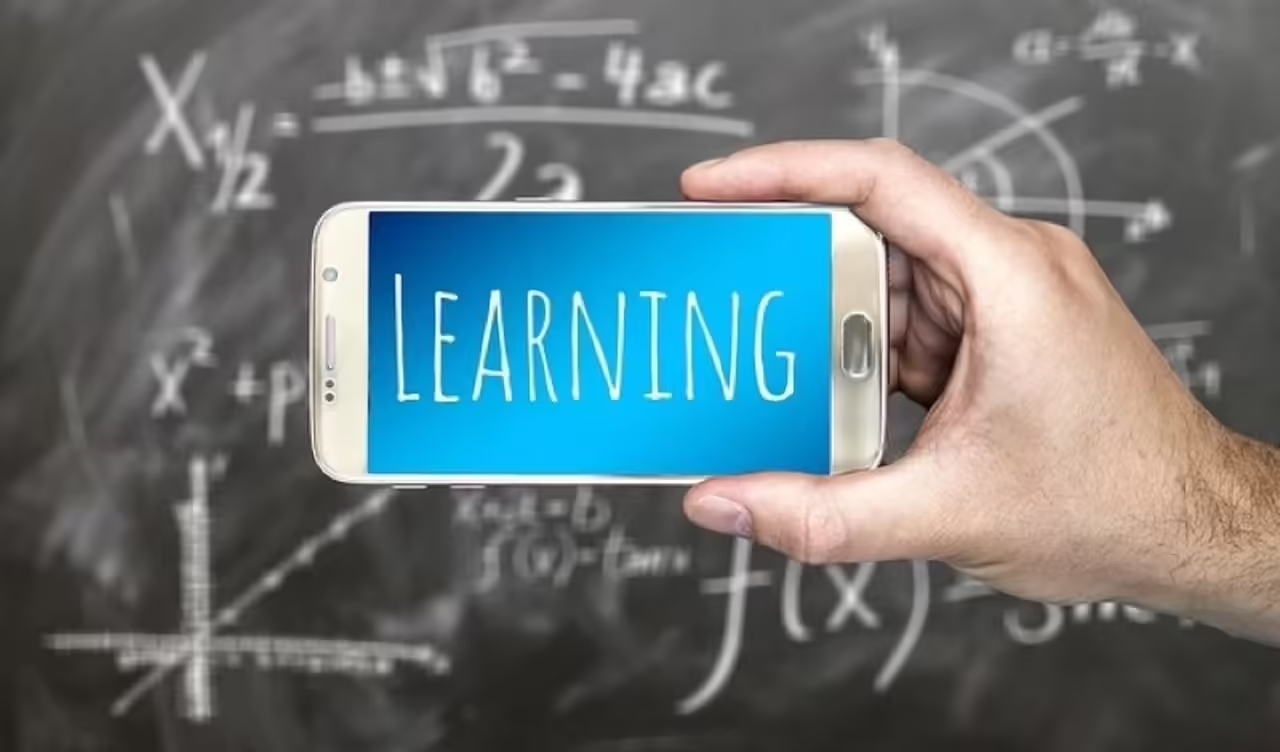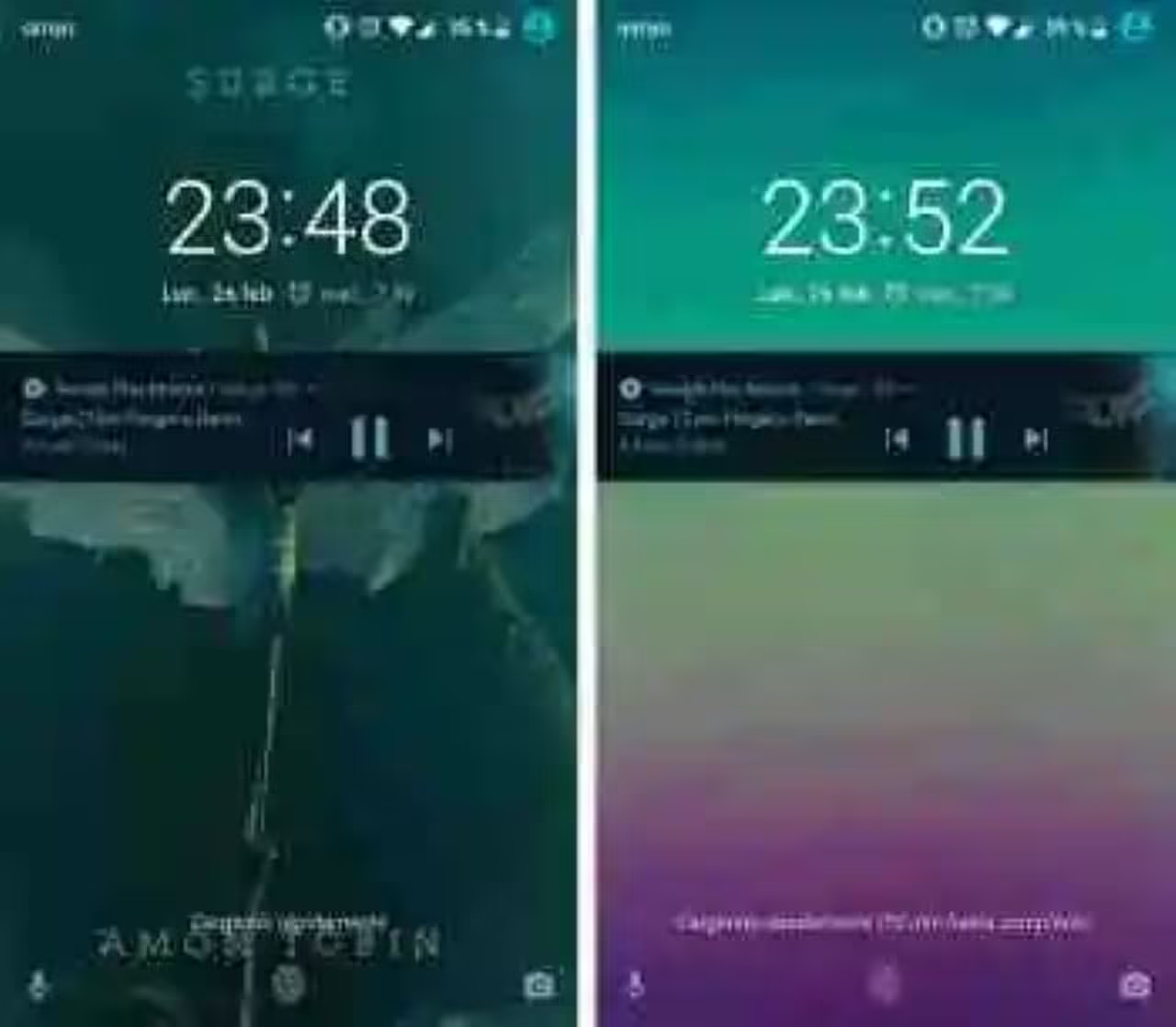
Gamification is a rapidly expanding educational trend that has the potential to transform the way individuals learn and teach. This novel technique uses game design aspects such as competition, rewards, and engaging challenges to make learning more entertaining and successful. In this article, you will look at what gamification is and how it influences the educational scene.
Understanding Gamification
Gamification is the process of introducing game-like elements and techniques into non-gaming environments, such as education. These elements may involve scores, levels, badges, challenges, rankings, and incentives. The fundamental purpose is to encourage and engage learners, making learning more enjoyable and efficient.
How Is Gamification Changing Education?
You will learn about how gamification is revolutionizing education for students below:
Motivation and Engagement
One of the major perks of gamification in education is its capacity to increase student engagement and motivation, as well as social interaction. For instance, PUBG Mobile Lite can foster social interaction and communication among the players, as they can team up with friends, chat with other players, and join clans. Students get more involved in their learning experiences when they incorporate features that follow the framework of games, such as clear objectives and fast feedback. This greater engagement can lead to a better understanding of the topic matter and better knowledge recall.
Personalized Learning Paths
Gamification in education fosters a personalized learning environment by allowing students to engage with educational material at their own pace. This personalized experience supports varied learning methods and preferences by providing personalized feedback that secures their success. As a result, students connect with the topic in a way that corresponds with them, creating greater understanding and retention of the subject matter.
On WinZO, students can learn new skills and knowledge through playing fun and engaging games that suit their preferences and abilities.
Fostering Collaboration and Competition
Gamification frequently promotes student collaboration and healthy competitiveness. Interactive challenges and group activities can encourage students to collaborate to achieve common goals. At the same time, ranking systems and point systems may promote a healthy sense of competition in kids, motivating them to perform and strive for progress.
Real-World Problem Solving and Application
Real-world situations and concerns are frequently presented to players in games. Gamification in an educational context can replicate events from daily life, allowing students to apply conceptual understanding to real-world scenarios. This application-based learning improves innovative thinking, problem-solving ability, and decision-making capabilities.







